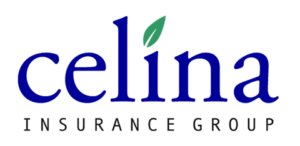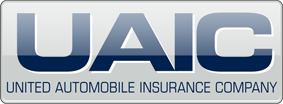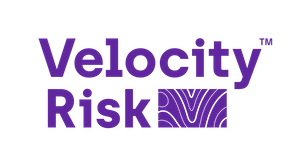Whitepaper Teaser #2: The Common Place Insurers Turn to For BI Expertise. Outside the Insurance Industry
~ by Tom Chesbrough
If you owned a luxury car would you take it to an expert general handyman to fix a serious mechanical issue? Likely not. Now while the luxury car may “start” it is likely not going to consistently run or at least not optimally. Unfortunately for the insurance industry, our luxury car is the valuable treasure of customer and internal data that the industry has historically entrusted to the expert general handyman (horizontal multi-billion-dollar) technology vendors. Insurers have relied on the handyman to analyze data to fix insurance-specific challenges related to business efficiency, pricing, risk, profitability, products, and other key areas impacting the insured.
In the first part of the whitepaper, covered in the last blog post, we gave a brief history lesson of how insurers developed the current trepidation about using emerging technologies like AI/ML and BI. In the next part of our whitepaper, “Foundations of Insurance BI for the New Normal”, we cover the issue that insurers need to consider which is better—to partner with insurance technology vendors to manage, analyze, and interpret insurance data based on decades of insurance-specific expertise—or to rely on popular horizontal BI tools that are used in insurance and many other industries. While it is great to provide data in a package that makes some sense in silos without insurance-centric context by using horizontal systems, this is not going to make a real difference for much longer from an insurance perspective and could end up costing valuable customer relationships next year.
Here is a graphic we created that breaks down more of the pros and cons of using an insurance-centric BI provider vs. horizontal BI provider.
Insurance Expertise and Advanced Data Analytics are the Future of Insurtech
Do a search through TechCrunch coverage in the last year of the latest insurtech innovators. What you will see is a common thread of in-house insurance expertise and a promise to deliver innovative new services powered by advanced data analytics. According to Willis Towers Watson, global insurtech hit $4.8 billion in Q2 2021 up 89% from Q1 2021. This is the way of the future, and the traditional insurer needs a quality plan on how they will evolve in the coming years to remain relevant.
After this whitepaper section, we review key reasons why insurance BI is a must-have this decade including data from Accenture and Deloitte about the future of insurance.
In our next post, we’ll cover the last major whitepaper section about how small and mid-sized insurers can get ready to truly benefit from insurance BI in 2022. Following this last post, we will start a different several-part blog series that will take us into 2022.
You can download the whitepaper and sign up for our newsletter to stay up to date on developments from Cloverleaf on our Home page.
About Thomas Chesbrough
Thomas Chesbrough is Executive Vice President for Cloverleaf Analytics. He is a 35+-year insurance industry veteran that has served in the role of CIO for insurance carriers, has implemented information management systems for several insurance organizations, and managed multi-million-dollar development projects. As an insurance and technology pioneer of model office processing, Mr. Chesbrough has been a consistent influencer in how carrier policy systems and services evolve to create more effective workflows and improve customer satisfaction. Throughout his career, he has been entrusted with creating new systems and processes along with managing all phases of many complete lifecycle system development engagements.




























